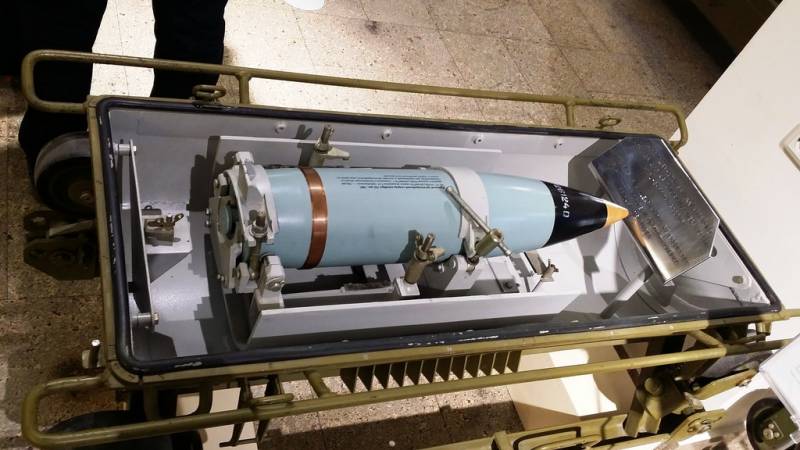
Title: Tragic Explosions Highlight India’s Hazardous Unlawful Fireworks Sector
In early April 2024, a pair of catastrophic explosions at illegal firework production facilities in India’s Gujarat and West Bengal states resulted in the deaths of 29 individuals, including 12 children. These tragic events have drawn renewed scrutiny to the nation’s extensive and predominantly unregulated firework industry, where insufficient enforcement, outdated supervision, and informal practices persist in causing fatalities despite ongoing disasters.
Disaster in Gujarat
On April 1, a powerful explosion occurred at a warehouse-factory named Deepak Fatakda in Gujarat’s Deesa district, claiming the lives of 21 of the 24 individuals present, including eight children. The explosion was caused by the ignition of powdered aluminum—a dangerous but frequently utilized ingredient in fireworks—and led to the building’s collapse beneath its own debris. Among the survivors was a 22-year-old employee, Rajesh Nayak, who narrowly avoided catastrophe by stepping outside with his sister moments before the blast. Several of his relatives lost their lives in the incident.
In the aftermath, police apprehended the owners of the establishment, Khubchandbhai and Deepakbhai Mohnani. Investigations disclosed that the operation was running without a valid license. Its permit for storage and sale of fireworks had lapsed earlier in 2024, and a renewal request had been denied.
West Bengal’s Lethal Cycle
The day prior to the tragedy in Gujarat, a similar explosion occurred in Dakshin Raypur, West Bengal. An illegal firework operation, based out of a residential home, ignited, resulting in the deaths of eight people, including four children. The owner, Chandrakanta Banik, was arrested; he had previously faced charges in 2022 for holding 68 kg of illegal fireworks but was released on bail.
The incident in Dakshin Raypur reflects a troubling trend in West Bengal. Since 2023, over 20 fatalities have resulted from comparable accidents. Despite these incidents, fragmented enforcement and ongoing demand—especially during festive periods—have permitted many illegal operations to flourish.
An Unregulated and Dangerous Industry
India’s firework sector is notoriously fragmented. While regions like Sivakasi in Tamil Nadu represent a substantial portion of legal production, numerous operations throughout the country function informally, employing lax standards, occasionally involving child labor. Minimal overhead costs and high demand during festivals promote the proliferation of covert operations, often situated in densely populated or residential locales.
“The authorities appear to wait for a calamity before taking action,” remarks Krishnakant Chauhan, an environmental activist affiliated with the Gujarat-based group Paryavaran Suraksha Samiti. He underscores the lack of preventive measures and accuses officials of going “into hibernation” in between disasters.
Legal Actions and Regulatory Failures
The Supreme Court of India has adopted a stringent viewpoint regarding the environmental issues spawned by firecrackers. In a ruling on April 3, Justices Abhay Shreeniwas Oka and Ujjal Bhuyan dismissed a plea from manufacturers seeking to relax restrictions on the production and distribution of firecrackers in Delhi’s National Capital Region (NCR). The court deemed such prohibitions “utterly necessary” and criticized the concept of “green firecrackers,” which claim to produce 30% less pollution. The court mandated that such products must demonstrate zero environmental harm for approval, while clarifying that manufacturers are still allowed to market their products in other parts of the country.
Despite the Supreme Court’s strong position, enforcement remains insufficient in numerous areas, allowing illegal fireworks to escape scrutiny.
Movement Towards Safer Options
Some state governments are starting to pursue a more integrated strategy. In June 2024, in light of the rising number of fatal incidents, West Bengal initiated the Green Firecracker Manufacturing, Storage and Selling Scheme. This initiative aims to establish four designated manufacturing clusters compliant with safety and environmental regulations, while transitioning producers to formalized operations. The program offers subsidies covering up to 90% of project costs, intending to eliminate hazardous activities from homes and unregulated local factories.
A Path Forward
The recent incidents in Gujarat and West Bengal highlight the fatal implications of India’s laxly regulated fireworks sector. While judicial decisions and emerging governmental initiatives hold some promise, considerable obstacles remain. Implementing stricter licensing, improving monitoring, and relocating informal operations to regulated industrial zones are crucial reforms.
Until such systemic changes are effectively enacted, India faces the ongoing threat of further casualties due to illegal and hazardous firecracker production—particularly among the nation’s most vulnerable populations.